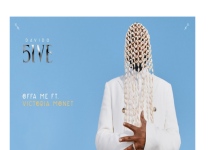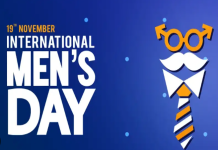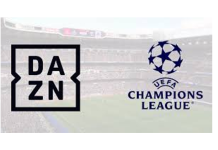UEFA has triggered one of the biggest broadcasting shakeups in recent years, sealing a new wave of high-stakes media deals that tighten the grip of heavyweights DAZN, Movistar Plus+, and Canal+ across Europe’s football ecosystem.
The fresh agreements, spanning the 2027–2031 cycle, reshape how millions of fans will watch Champions League and other UEFA competitions in the coming decade.
Movistar Plus+ Dominates the Spanish Market
In Spain, Telefónica’s Movistar Plus+ emerged as the biggest winner, clinching exclusive broadcast rights for all UEFA club competitions—from the Champions League to the Youth League—over the next rights cycle. The blockbuster deal, valued at €1.464 billion, cements Movistar’s status as the undisputed home of European football in Spain.
Analysts say the acquisition solidifies Movistar’s long-term sports strategy, ensuring subscribers get front-row access to every major UEFA fixture.
Canal+ Strengthens Its Hold on France
Across the border, Canal+ has extended its UEFA rights through the 2030/31 season, reaffirming its dominance in the French market. The renewal guarantees Canal+ will continue delivering top-tier European football exclusively to French fans, securing its competitive edge against both local and emerging streaming rivals.
DAZN Expands Its Global Ambitions
Streaming powerhouse DAZN is also set for a major leap:
In key markets including Germany, UEFA has launched a multi-country tender aimed at attracting global players like DAZN, Amazon, Netflix, Apple TV+, and YouTube—signaling a future where streaming giants increasingly influence football broadcasting.
In the United States, DAZN has struck a deal with TelevisaUnivision to air Spanish-language Champions League matches, expanding its footprint in the North American market.
Reports indicate DAZN is aggressively pursuing the new “first-pick” Champions League match each round, a premium offering central to UEFA’s revamped rights structure.
Why This Reshuffling Matters
UEFA’s strategic consolidation places premium club competitions in the hands of fewer—but more powerful—media partners. This shift enables UEFA to maximise revenue while aligning with platforms capable of delivering high-quality global coverage.
The renewed push toward streaming also marks a decisive turn in UEFA’s long-term vision. With digital giants now vying for football’s top rights, fans may soon experience a new era of access—one shaped by convenience, competition, and cross-border availability.
As the 2027–2031 cycle approaches, Europe’s football broadcast landscape is set for a transformation that will shape how fans experience the beautiful game for years to come.

































